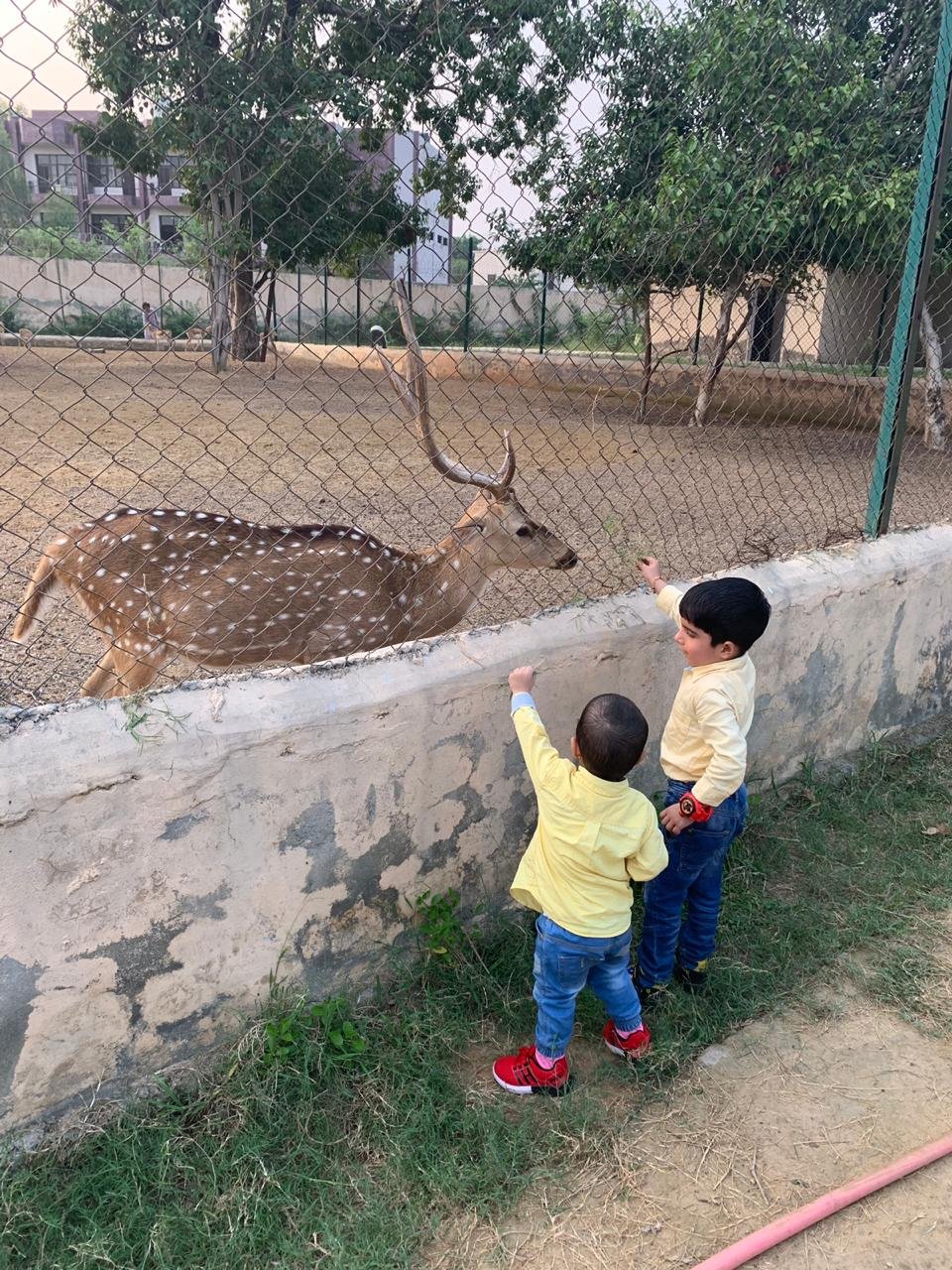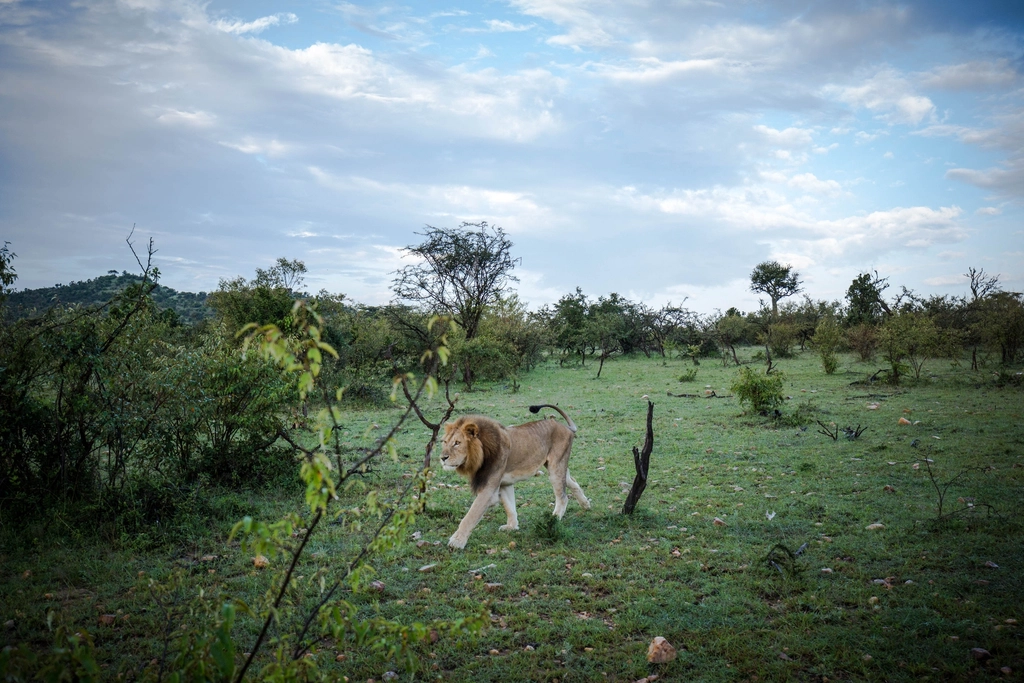Imagine walking into a zoo in 2050 and finding no cages, no bars, and no glass walls separating you from the wonders of the animal kingdom. The air hums with excitement, but it’s not just about seeing animals—it’s about truly experiencing their world. Our understanding of animal intelligence, emotions, and needs is deeper than ever. This isn’t a distant fantasy; it’s the future for zoos, where compassion, science, and innovation come together to rewrite everything we thought we knew about wildlife in captivity. Are you ready to explore the zoo of tomorrow—a place that might surprise, challenge, and inspire us all?
The End of Traditional Cages: Why Change Is Inevitable

Cages have long been a symbol of both protection and confinement in zoos. However, as society’s empathy toward animals grows and scientific research uncovers the complexity of animal minds, the pressure to move beyond steel bars is mounting. People now demand zoos that prioritize animal well-being and mental health. This shift is being fueled by stunning discoveries about animal intelligence: elephants mourn their dead, octopuses solve puzzles, and parrots use tools. With this knowledge, keeping animals in traditional enclosures seems not just outdated, but even cruel. The future zoo will be built around freedom, dignity, and respect for the creatures we share our planet with.
Immersive Habitats: Bringing the Wild to the City
The zoos of 2050 will immerse visitors in ecosystems, not exhibits. Imagine stepping into a lush rainforest, where gibbons swing overhead and frogs chirp at your feet, or wandering through a savannah landscape where antelope graze freely. These immersive habitats aim to replicate the animals’ natural environments down to the last detail—temperature, humidity, plant life, and even the sounds of thunder or birdsong. Advanced climate control and botany will blend seamlessly to recreate forests, deserts, wetlands, and more, offering animals the space and freedom to behave as they would in the wild. Visitors, in turn, become quiet observers, guests in the animals’ world rather than jailers.
Barriers You Can’t See: Invisible Technology Keeping Animals Safe

While cages may disappear, safety remains essential for both animals and people. The secret lies in invisible barriers—technologies that are nearly undetectable to the human eye. Carefully positioned moats, scent markers, and even gentle sound frequencies will keep animals within their habitats without restricting their movement or comfort. Digital sensors will monitor animal locations, sending gentle cues if they wander too far. For example, a soft vibration or a pleasant scent can guide an animal back to its zone. These invisible boundaries maintain security while preserving the illusion of wild freedom, a delicate balance between care and autonomy.
Animal Welfare at the Heart of Everything
Zoos of the future will be measured not by how many animals they display, but by how well they care for them. Welfare will become the central mission. Animals will live in social groups that match their natural relationships—no more lonely elephants or isolated monkeys. Enrichment programs will keep minds active and bodies healthy, with puzzles, challenges, and even playful competition. Nutrition will be tailored to each species, mimicking wild diets to the last mineral. The days of bored, pacing animals will be replaced by scenes of genuine curiosity and contentment. Every aspect of the zoo will be designed with the animals’ happiness and health in mind.
Virtual Reality Encounters: Meeting the Unreachable
Some animals are simply too rare, sensitive, or dangerous to keep in any kind of captivity. In 2050, visitors will don lightweight virtual reality headsets and “travel” to the deep jungle, the open ocean, or the icy poles—all without leaving the zoo grounds. These experiences will be breathtakingly real, built from high-definition footage and live data streams. You might watch a snow leopard stalk its prey on a Himalayan cliff, or dive into the coral reefs beside a sea turtle. This technology will make it possible to encounter the wildest creatures of Earth in all their glory, without risk or harm.
Rewilding and Conservation: Zoos as Lifeboats for Species
By 2050, zoos will be more than just places to see animals; they’ll be active hubs for conservation and rewilding. Species on the brink of extinction will find refuge in these advanced habitats, where every effort is made to breed, study, and eventually return them to the wild. Genetic diversity will be carefully managed, sometimes with the help of cutting-edge gene-editing tools. Teams of scientists, veterinarians, and ecologists will work together to prepare animals for life outside, teaching them to hunt, forage, and avoid danger. Zoos will become the last line of defense for Earth’s most threatened creatures.
Learning by Doing: Interactive Education for All Ages

Education is set to become a hands-on adventure in the zoo of the future. Instead of reading plaques or watching animals from afar, visitors will participate in interactive workshops, games, and experiments. Children might help “track” animals with digital tools, learning about migration and behavior. Adults could join conservation projects or try their hand at wildlife photography in recreated habitats. Augmented reality will bring extinct species back to life before your eyes, while storytelling and theater will make science unforgettable. The goal is to spark a lifelong love of nature and a sense of responsibility for its protection.
Global Networks: Zoos Working Together for a Wild Future
No zoo can save wildlife alone. In 2050, zoos around the world will be linked by sophisticated digital networks, sharing knowledge, animals, and even genetic material. When a species faces a crisis in one part of the world, another zoo can step in to help. Data about animal health, breeding, and behavior will be shared instantly, allowing for smarter decisions and better outcomes. These networks will also connect with wild reserves, ensuring that conservation efforts are coordinated and effective. The world’s zoos will finally act as one team, united by a common mission.
Animal Rights and Ethics: Listening to the Voices That Matter Most

The future of zoos will be shaped by a powerful new force: the voices of animals and the people who speak for them. Ethical committees—including scientists, animal advocates, and community members—will review every decision. Animal welfare audits, transparent to the public, will hold zoos accountable for their actions. Technology will give animals new ways to communicate their needs, perhaps through touchscreens or sensors that allow them to ask for food, company, or privacy. The days of silent suffering are ending; in 2050, animals will have a say in their own care.
From Spectacle to Sanctuary: The New Purpose of Zoos
In 2050, zoos will not exist for our entertainment—they will serve as sanctuaries, research centers, and classrooms. The focus will shift from showing off exotic creatures to healing, protecting, and understanding them. Visitors will leave not just with photos, but with new knowledge and a sense of awe for the web of life. Zoos will help us reconnect with nature at a time when wild places are shrinking, reminding us that we are part of the same story as every creature on Earth.
Inspiring Tomorrow: What Will You Do for Wildlife?
As we look to 2050, the future of zoos is a mirror for our own values and hopes. Will we choose to build places of freedom, compassion, and respect? The answer lies in the choices we make today—what we support, how we learn, and how we inspire others. The zoo of the future isn’t just about animals; it’s about us. What role will you play in this wild, uncertain, and beautiful adventure?


